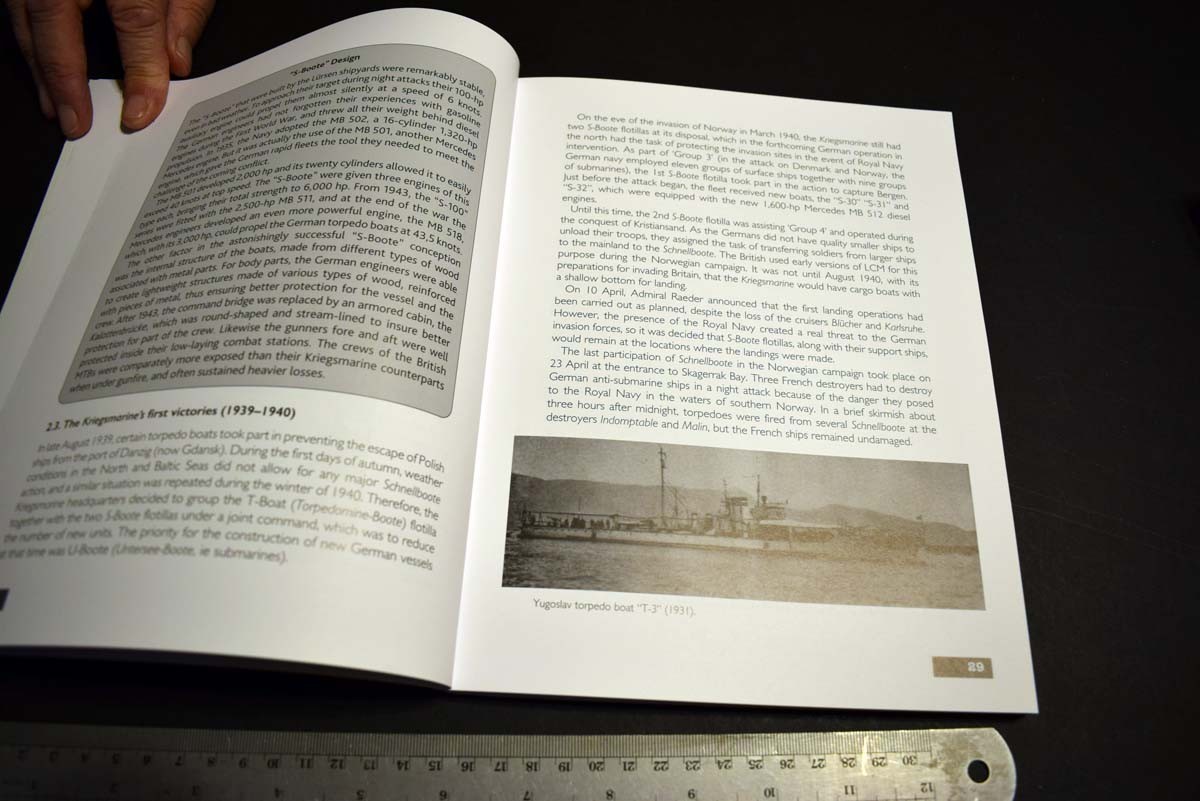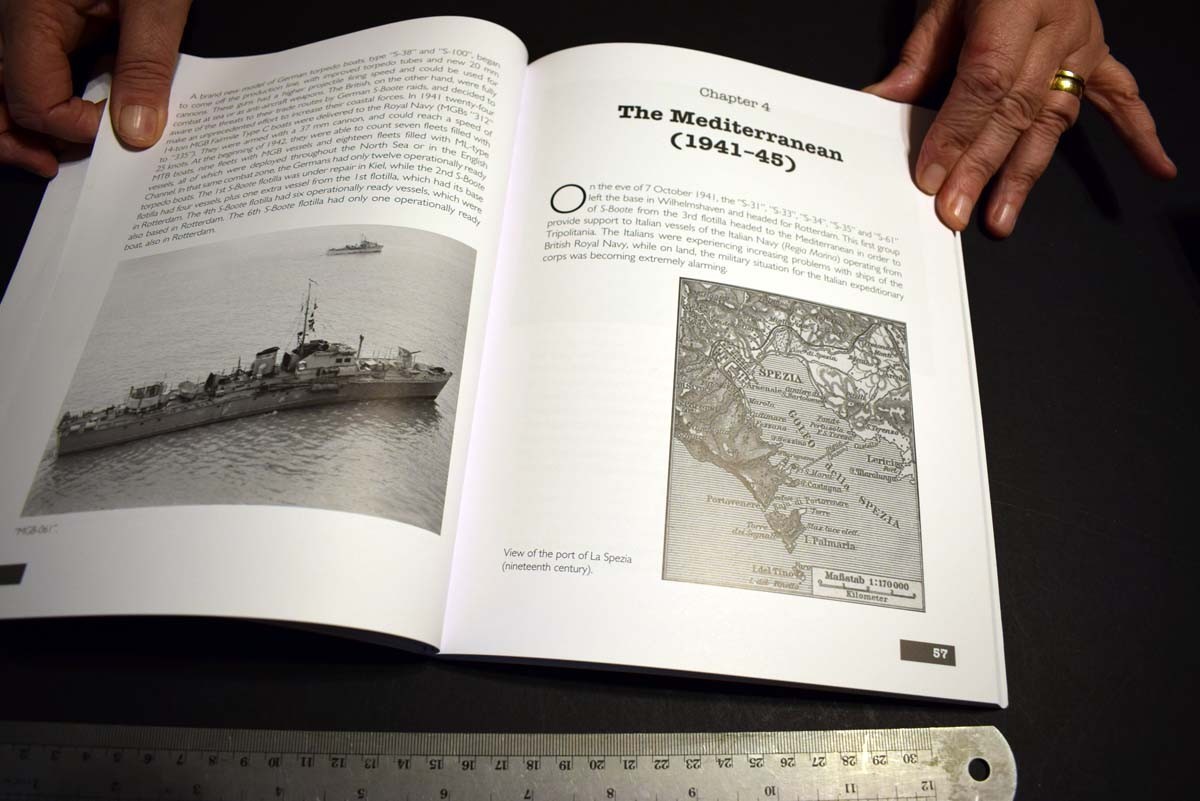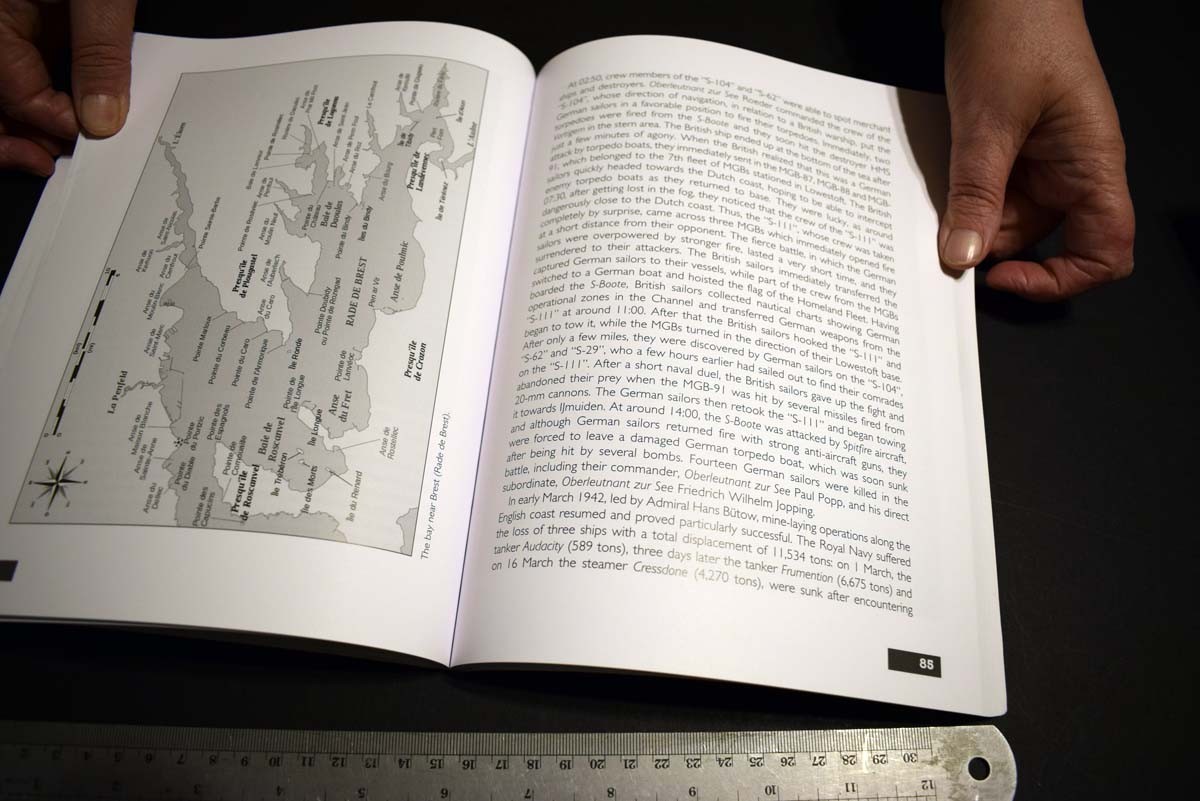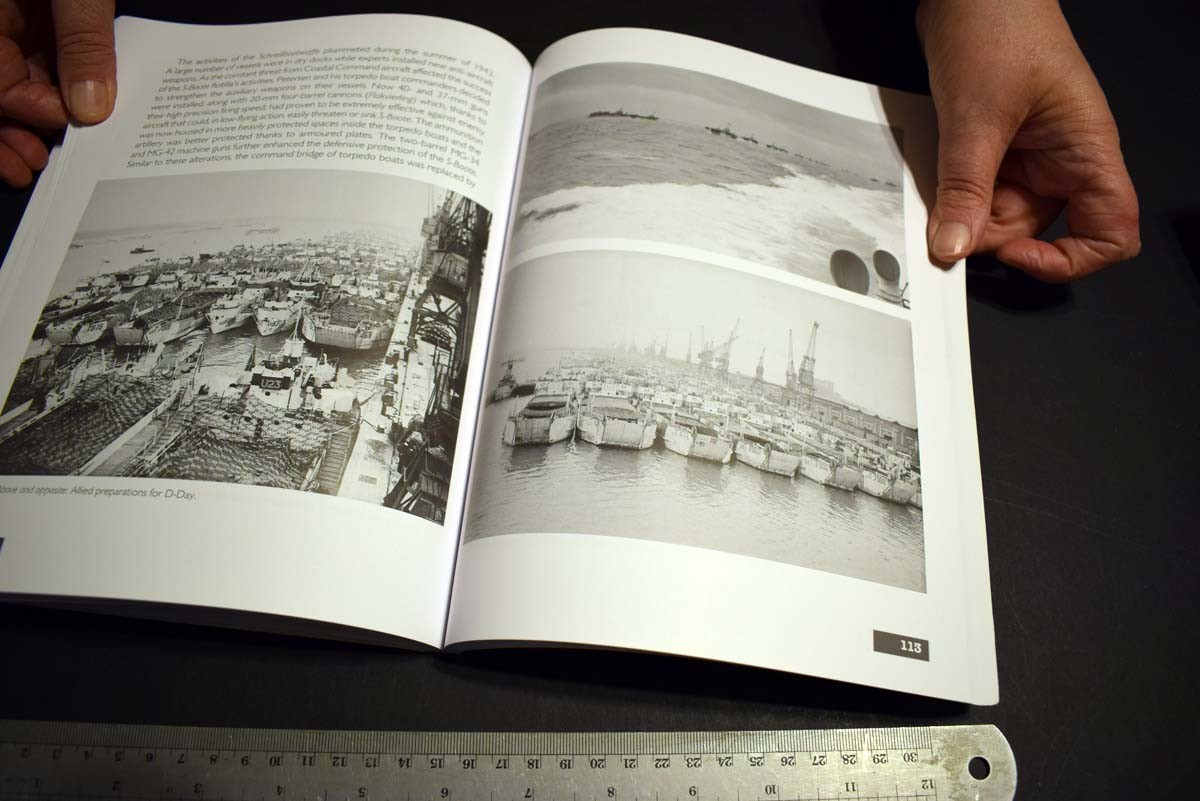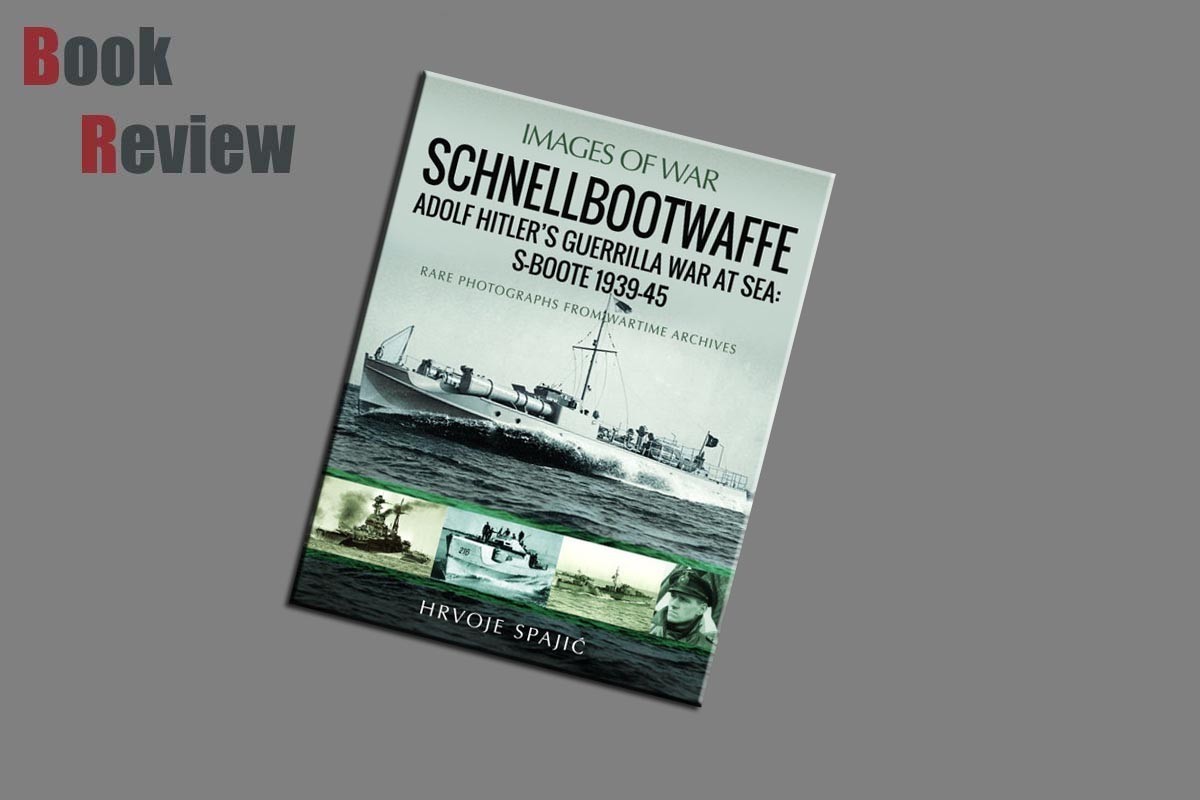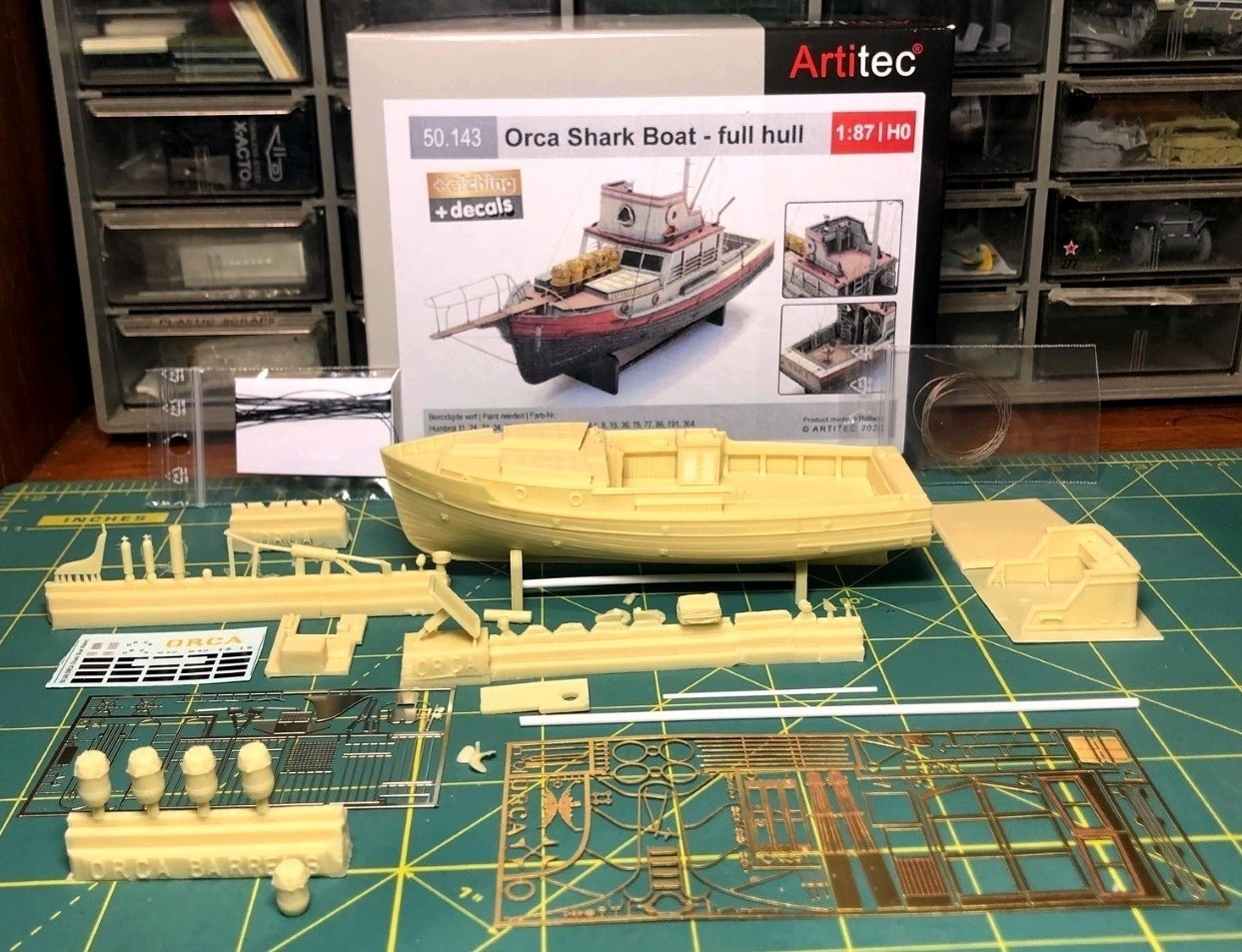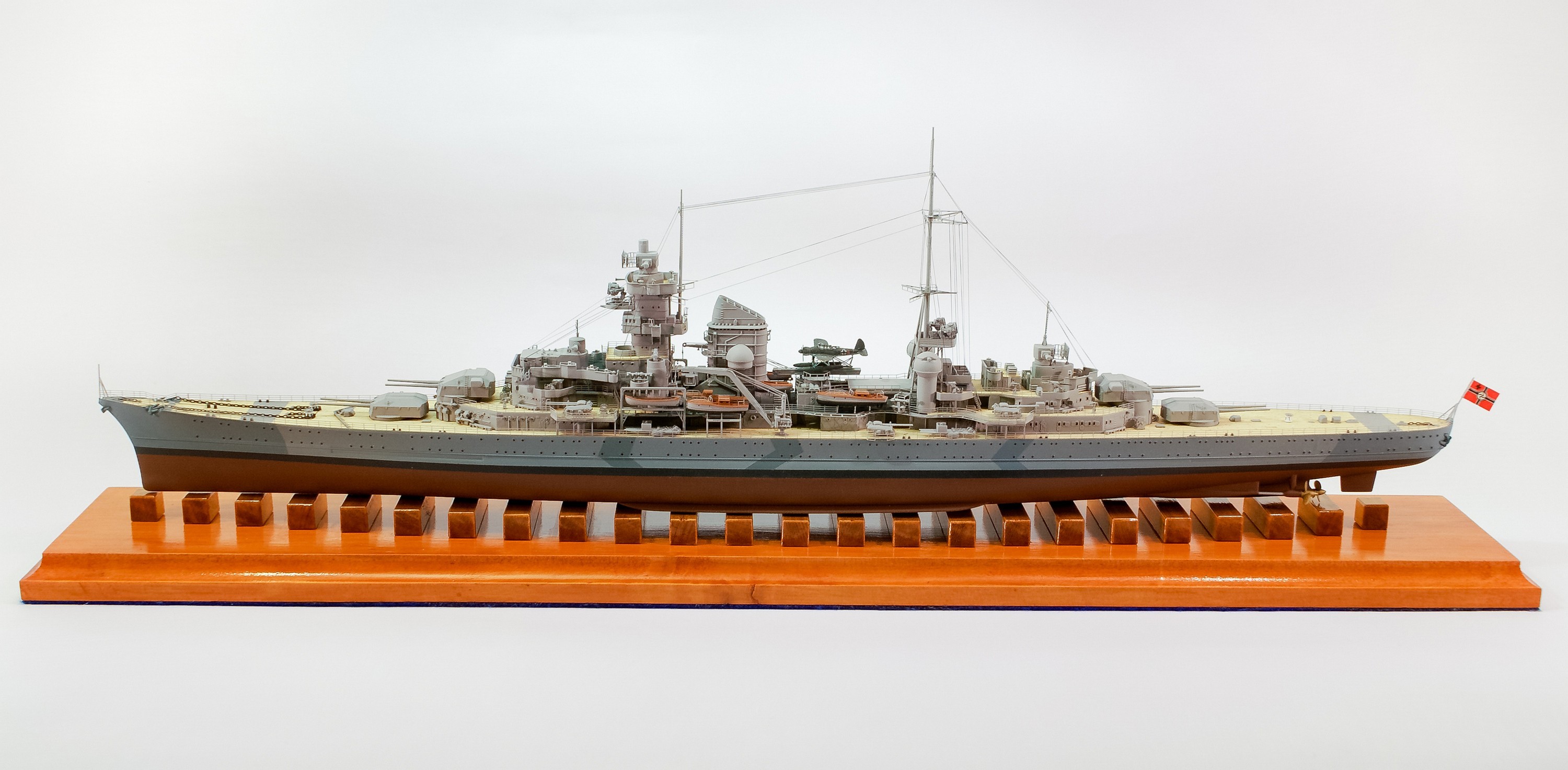
Introduction
The following introduction is taken from the Pen and Sword website:
The Schnellbootwaffe was created in the early 1930s, before the Second World War, in concurrence with the regenerated Kriegsmarine, and young officers, most of whom learned their craft in the old Imperial Navy, would take responsibility for the operational use of these revolutionary vessels.
Working with the naval engineers of Lürssen Shipyard, the Germans designed combat weapons that were never surpassed by their opponents. After the first series of Schnellboote were launched, constantly improved versions of these vessels would follow. The Schnellbootwaffe would achieve significant victories for the Kriegsmarine at the beginning of the war by using these vessels in high-level strategies, including a style of guerrilla warfare.
The British often call German torpedo boats E-boats, and these fast vessels were a genuine threat not only to coastal trade, but also to the movement of Allied ships after D-Day. Indeed, Admiral Rudolf Petersen's flotillas remained combat-ready until the very end, even after the balance of power was in favour of the Allies.
Allied air bombardment of German torpedo boat bases from 1944 onwards failed to destroy the offensive potential of the Schnellboote and their crews. The Allied disaster at Lyme Bay at the end of April 1944 shows how this guerrilla war at sea was still dangerous, even at this stage of the war. The Allied invasions plans were not yet known to the Germans, but Eisenhower learned a great deal from Lyme Bay and the Schnellbootwaffe was still potentially dangerous right until the end of the war.
This book tells the fascinating story about these special people, whose pirate spirit and guerrilla style of naval combat is reminiscent of the ancient pirates and their own way of warfare.
Review
This offering from Pen and Sword, as part of their Images of War series takes a look at what the British called E-Boats. The author of this release is Hrvoje Spajic, and looks at a vessel that gets very little in the way of mention, as everybody thinks of U-Boats. The contents of this title are as follows:
Chapter 1 Introduction
Chapter 2 Presidents and First Actions
Chapter 3 The British Response
Chapter 4 The Mediterranean
Chapter 5 British Pressure
Chapter 6 American Intervention
Chapter 7 Maritime Operations and Operation Neptune
Chapter 8 Final Battles on the Western Front
When it comes to Germany’s war at sea the E-Boats do not get the same level of attention as the U-Boats. However, their speed and manouverabily made them particularly effective against surface vessels. Their high speed enabled them to get within firing range, fire their torpedoes and escape while giving the prey a limited time to react. This book written by Hrvoje Spajic is an unusual offering in the Images of War series, due to the author having split each chapter into sub-sections which makes this offering a much more in depth look at the E-Boat. The Book begins with a breakdown of the vessels in the various floatillas and presents the information on the leader of each division including information such as the support vessels name and where known the Captains of the floatilla. You are provided with maps, showing where the various floatillas left from, and the areas in which they patrolled. Lastly you are presented with some side diagrams of three of the boat classes.
This book is very unusual in the Images of War series, as the author has presented it in the form of a more usual title with a lot of written information being presented alongside a number of photographs which are not just ships at sea, but also provides images of British aircraft used to combat the E-Boat menace. Some of the vessels that were the targets for the E-Boats, and a look at the bases from which the E-Boats set sail. You are also given a limited insight into a opportune attack at Lyme Bay during April 1944, when a landing exercise was being undertaken and was happened upon by E-Boats. They caused a great deal of damage and loss of life, and is perhaps one on the most infamous attacks in which they were involved.
The photographs in the book are all black and white, and are of a good quality, the captions are very short and to the point, but due to the amount of written information provided I have no complaints about that.
Conclusion
This offering from Pen and Sword as part of the Images of War series, and covering a subject of which I know little is arguably one of the most informative offerings I have come across in this series. The text all appears to be well written, and due to being interspersed with photographs moves this offering out of the realms of a photographic reference and closer towards an informational reference. With the result it makes a much more in-depth presentation.
